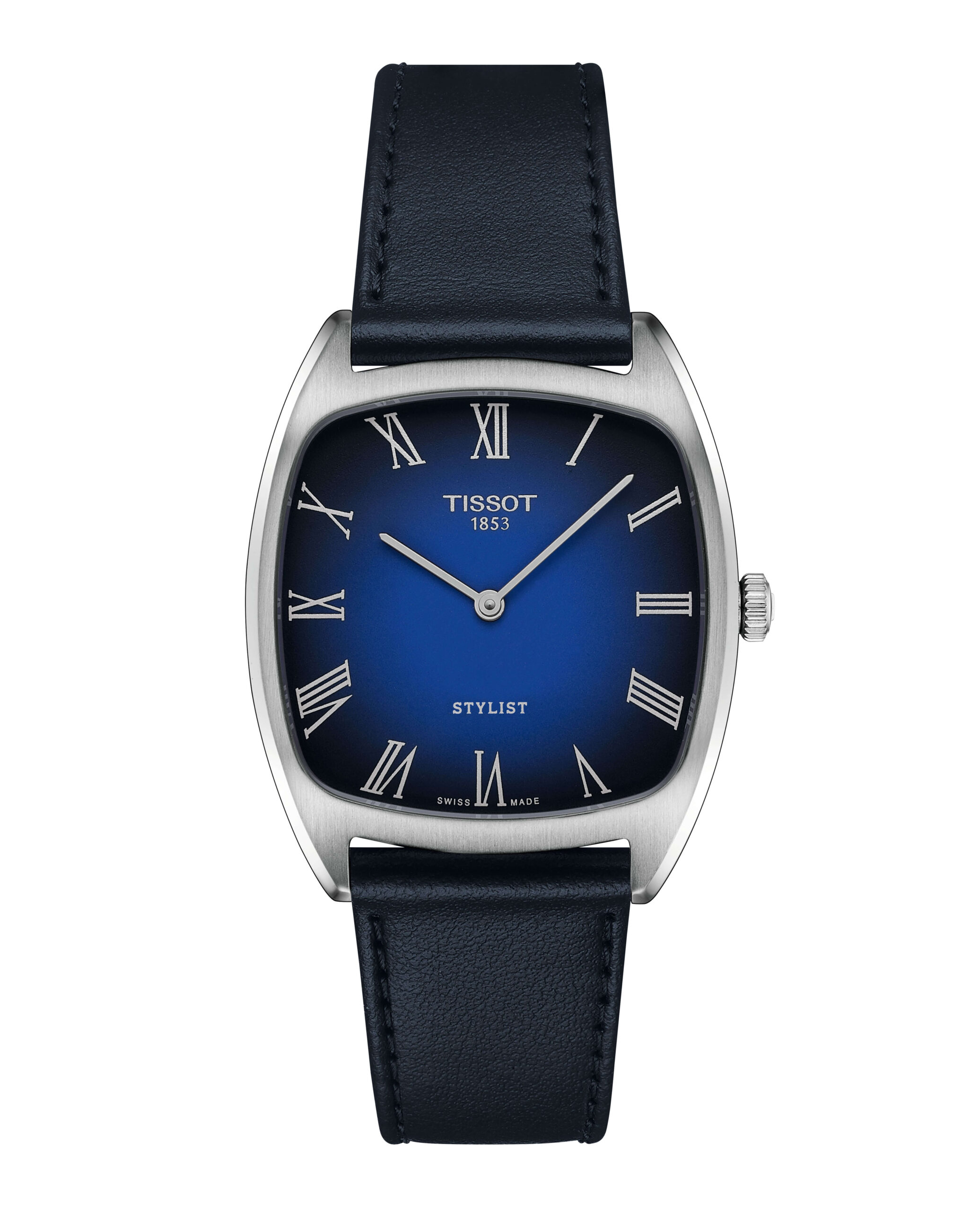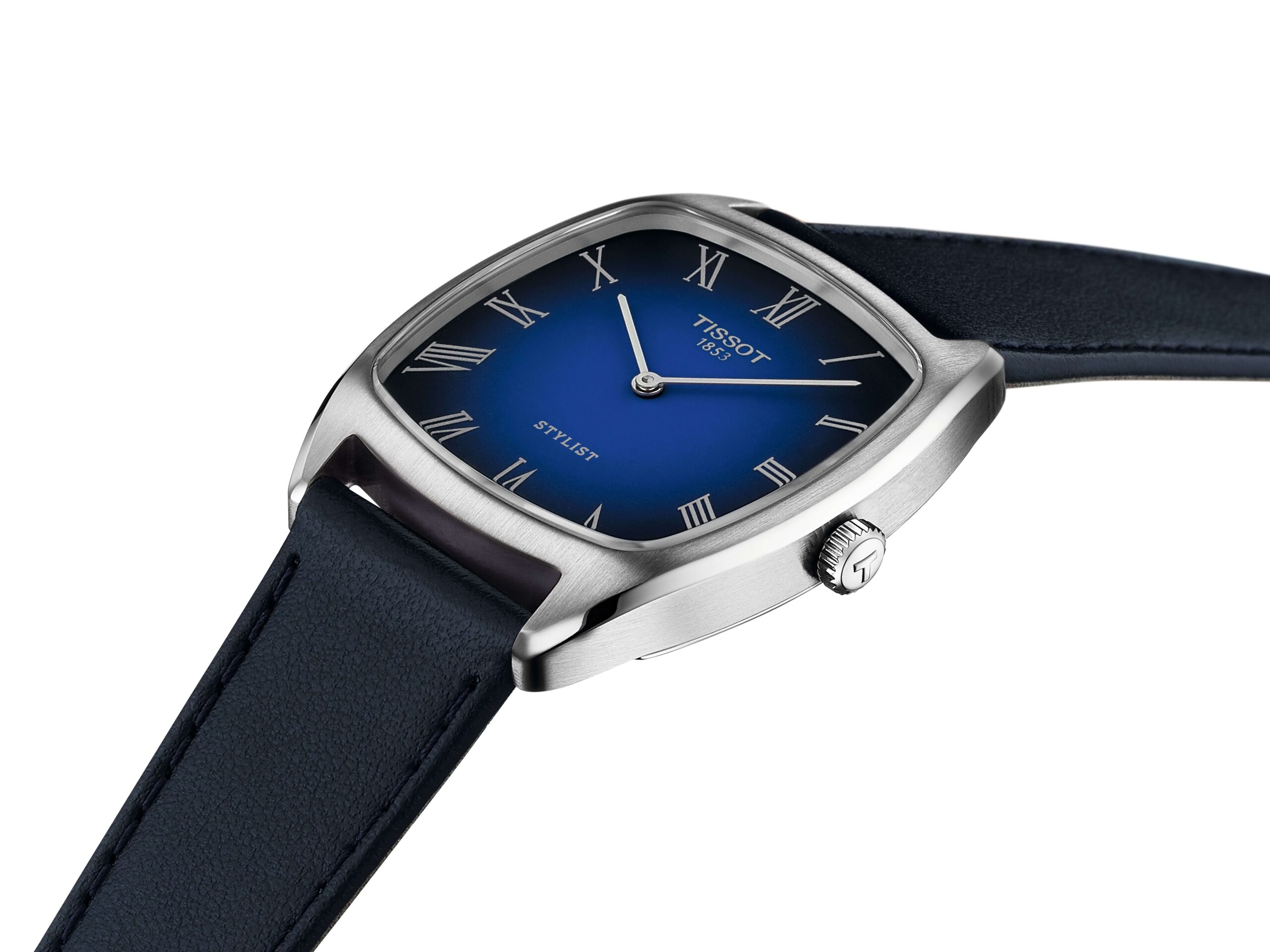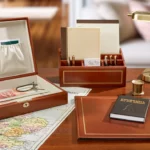Tissot Revives an Archive Icon from the Nineteen Sixties

In 1965, Tissot launched its seminal PR 516 timepiece, impressed by the racetrack, its perforated bracelet mimicking the steering wheels of that period. With a performance-driven aesthetic, the watch was sporty, fashionable and sought-after, even gracing the wrists of movie stars like Roger Moore. By 1968, the PR 516 had developed right into a chronograph and has since remained a mainstay in Tissot’s portfolio, with quite a few iterations through the years.
However that yr additionally marked the debut of one other timepiece that deserves a spot within the model’s historical past: the Tissot Stylist, a watch that had lengthy been forgotten — till right now. At the moment, the sentiment of the Nineteen Sixties favoured daring, expressive design. Consider the Rolex King Midas or the Patek Philippe Golden Ellipse.
The Nineteen Sixties had been a decade of contrasts. Whereas activism, the Chilly Warfare, the Vietnam Warfare and fears of communism dominated headlines, design was thriving. A counterculture pushed by freedom, insurrection and youth was difficult conventions, particularly in vogue and design.
The watches produced throughout that period had been unorthodox, uniquely formed, audacious and enjoyable, and it’s no shock that they nonetheless possess a permanent appeal, charming right now’s collectors. Because of this we had been excited when Tissot revived the Stylist beneath its Heritage assortment, a line that continues to breathe new life into the model’s most iconic items.

A Transient Historical past
Whereas Tissot right now is commonly seen as an entry-point model for youthful customers, the Heritage assortment serves as a reminder of the maison’s long-standing contribution to Swiss watchmaking, relationship again to 1853.
Tissot was first began by father-and-son duo Charles-Félicien and Charles-Émile Tissot as a comptoir, assembling watches from the assorted part-makers from throughout the area. Again then, watches had been constructed piecemeal by totally different specialists, and assembled by these comptoirs. Whereas its watches had been offered in Switzerland, it discovered a thriving market within the Russian Empire, and it additionally acquired quite a few awards for its improvements.
By the Twenties, when Russia was closed off to worldwide commerce, Tissot needed to pivot. It grew from power to power, turning into one of many key gamers in Swiss watchmaking of that interval. It innovated and launched many firsts, from the 1971 Tissot Astrolon, also called the IDEA 2001, which was the world’s first plastic mechanical watch, to the 1985 RockWatch, that was product of Granite from the Alps.
Its Heritage line has been seminal in celebrating its deep, storied historical past: In recent times, we’ve seen the return of the elongated “Banana” watch from 1916, with its outsized numerals and Artwork Deco sensibility. Chronographs from the Nineteen Sixties and Seventies have additionally been central to this revival, balancing historic constancy with modern-day relevance.

The Stylist, Reborn
This brings us to the Stylist, which was re-released in 2024. First launched in 1965, it was constructed to be produced at scale—a enjoyable and classy timepiece, focusing on a youthful viewers with its inexpensive price ticket.
We have to reiterate that this was pre-quartz disaster, when the watch business was nonetheless producing mechanical watches that had been troublesome to industrialise on a scale of affordability. This makes the Stylist fairly the anomaly for its time, proof of Tissot’s knack for studying market calls for and taking daring, inventive dangers. Its tagline, “Innovators by Custom”, is clearly removed from hyperbole.
The watch got here in a wide range of colors and stood out for its ombré dials. It featured a tonneau-shaped case and a manually wound motion. Although archival particulars are restricted, the Stylist seems to have been produced nicely into the Seventies. We’d make the daring assumption that the quartz disaster in all probability compelled Tissot to recalibrate and streamline its watch collections, and the Stylist was one of many casualties of that interval.

In 2024, the Swiss watchmaker relaunched the watch beneath its Heritage assortment. Priced at USD 370, it now comes outfitted with a quartz motion, maintaining the timepiece svelte at 7mm and measuring 32 x 32mm. The cushion-shaped case feels very a lot of the second, with its pared-back aesthetic, brushed case, ombré dials, and protruding lugs.
It’s at present accessible in two references, each of which provide differing kinds. The primary is a stainless model with a blue fume dial, which means that the color darkens in the direction of the sides. The dial options silvered Arabic numerals, and paired with a darkish blue strap, it’s the extra fashionable of the 2 choices.
The second leans extra classic: a silver-grey dial with golden baton numerals and fingers, paired with a camel strap. The mix of silver and gold feels nostalgic and retro, interesting to collectors and classic fanatics alike.
Whereas the watches of 1965 had been described as youthful, we might classify these iterations as minimalist and barely extra formal – good, maybe, for that first interview or for a collector looking for a bit of Tissot’s historical past.
For extra on the most recent in luxurious watch reads, click on right here.








